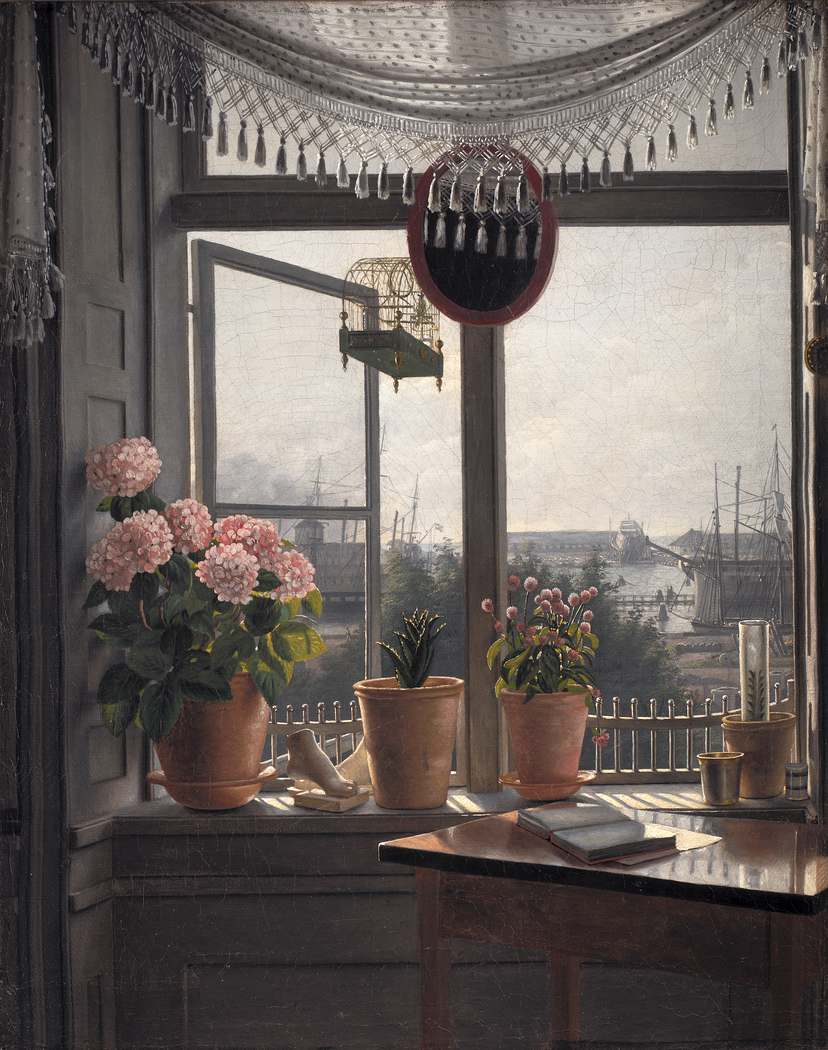
Tags
Loading...
Select from existing tags
View from the Artist's Room 1825
Around the mid-1820s Rørbye found himself in a time of transition on several levels. On a personal level he was about to leave his childhood home where this view from the drawing-room window was painted.
[br]
[b]Dichotomy between the real and the ideal[/b]
On a professional level, he began to supplement his studies at the Academy with additional schooling from the ideal...
- Size:
- 38x29,8 cm
- Credit:
- Courtesy of the National Gallery of Denmark
More from this artist...
Loading...
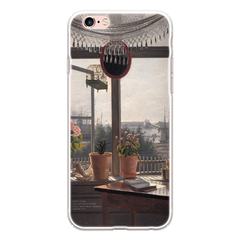
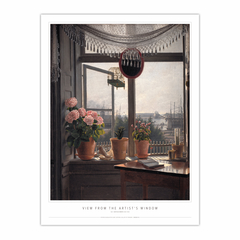
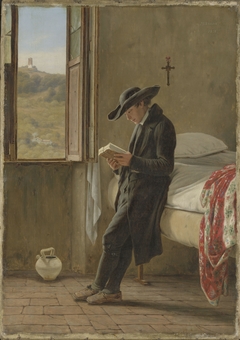
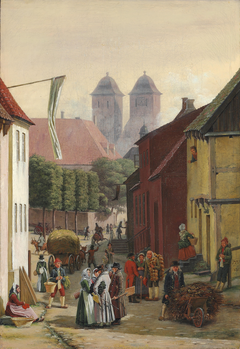
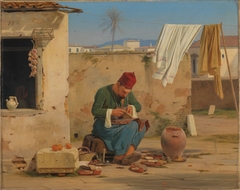


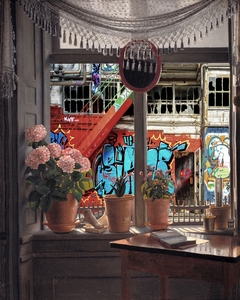
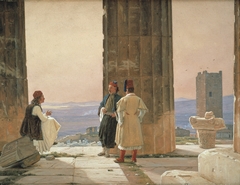
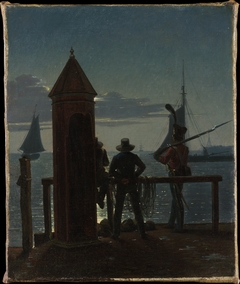
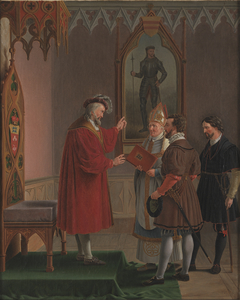
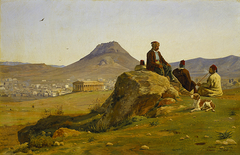
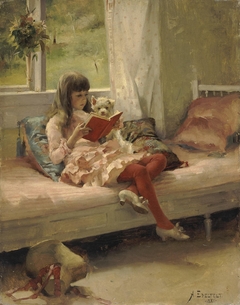
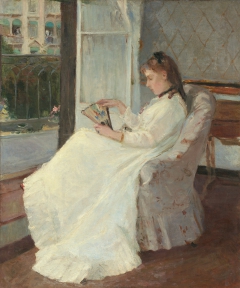
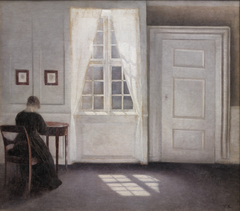
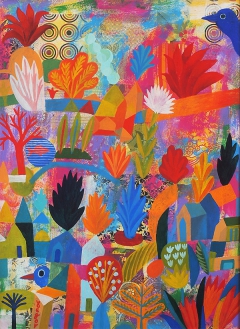
Discussion
Comments